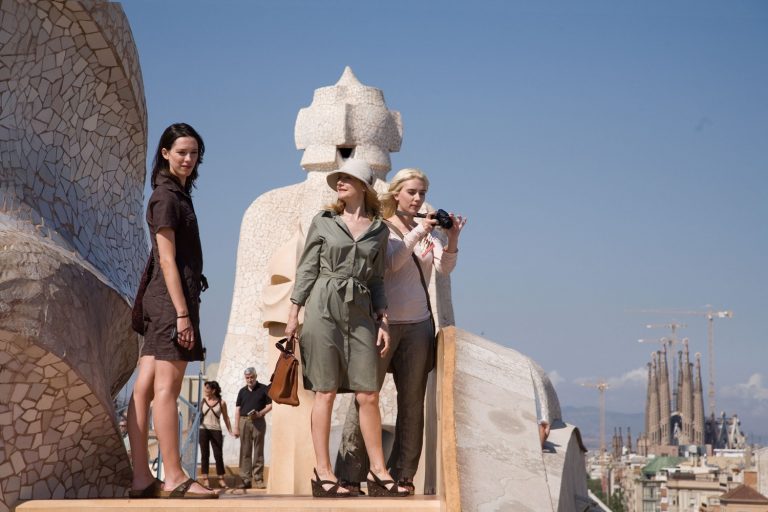In Pictures
-

autoria desconeguda
Request the image
Arxiu Històric del COAC
-

autoria desconeguda
Request the image
Fons Col·leccions / Arxiu Històric del COAC
-

autoria desconeguda
Request the image
Arxiu Històric del COAC
-

© Francesc Català-Roca
Fons Fotogràfic F. Català-Roca / Arxiu Nacional de Catalunya
-

© Francesc Català-Roca
Fons Fotogràfic F. Català-Roca / Arxiu Nacional de Catalunya
-

© Francesc Català-Roca
Fons Fotogràfic F. Català-Roca / Arxiu Nacional de Catalunya
-

autoria desconeguda
Request the image
Arxiu Històric del COAC
-

© Francesc Català-Roca
Fons Fotogràfic F. Català-Roca / Arxiu Nacional de Catalunya
-

autoria desconeguda
Request the image
Arxiu Històric del COAC
-

© Adolf Zerkowitz Schlesinger
Request the image
Arxiu Històric del COAC
-

© Jordi Gomez
Request the image
Fons Quaderns d'Arquitectura i Urbanisme / Arxiu Històric del COAC
-

© Francesc Català-Roca
Fons Fotogràfic F. Català-Roca / Arxiu Nacional de Catalunya
-

© Francesc Català-Roca
Fons Fotogràfic F. Català-Roca / Arxiu Nacional de Catalunya
-

autoria desconeguda
Request the image
Arxiu Històric del COAC
-

© Francesc Català-Roca
Fons Fotogràfic F. Català-Roca / Arxiu Nacional de Catalunya
-

© Francesc Català-Roca
Fons Fotogràfic F. Català-Roca / Arxiu Nacional de Catalunya
-

© Francesc Català-Roca
Fons Fotogràfic F. Català-Roca / Arxiu Nacional de Catalunya
-

© Francesc Català-Roca
Fons Fotogràfic F. Català-Roca / Arxiu Nacional de Catalunya
-

© Jordi Gomez
Request the image
Fons Quaderns d'Arquitectura i Urbanisme / Arxiu Històric del COAC
-

© Francesc Català-Roca
Fons Fotogràfic F. Català-Roca / Arxiu Nacional de Catalunya
-

autoria desconeguda
Request the image
Arxiu Històric del COAC
-

© Francesc Català-Roca
Fons Fotogràfic F. Català-Roca / Arxiu Nacional de Catalunya
-

autoria desconeguda
Request the image
Arxiu Històric del COAC
-

© Francesc Català-Roca
Fons Fotogràfic F. Català-Roca / Arxiu Nacional de Catalunya
-

autoria desconeguda
Request the image
Arxiu Històric del COAC
-

autoria desconeguda
Request the image
Arxiu Històric del COAC
-

autoria desconeguda
Request the image
Arxiu Històric del COAC
-

© Francesc Català-Roca
Fons Fotogràfic F. Català-Roca / Arxiu Nacional de Catalunya
-

© Francesc Català-Roca
Fons Fotogràfic F. Català-Roca / Arxiu Nacional de Catalunya
-

© Lucien Roisin Bernard
Request the image
Arxiu Històric del COAC
-

autoria desconeguda
Request the image
Arxiu Històric del COAC
-

autoria desconeguda
Request the image
Arxiu Històric del COAC
-

© Francesc Català-Roca
Fons Fotogràfic F. Català-Roca / Arxiu Nacional de Catalunya
-

© Adolf Zerkowitz Schlesinger
Request the image
Arxiu Històric del COAC
-

Lluís Casals
Request the image
Fons Fotogràfic Lluís Casals / Arxiu Històric del COAC
© VEGAP -

autoria desconeguda
Request the image
Arxiu Històric del COAC
-

© Adolf Zerkowitz Schlesinger
Request the image
Arxiu Històric del COAC
-

© Jordi Gomez
Request the image
Fons Quaderns d'Arquitectura i Urbanisme / Arxiu Històric del COAC
-

autoria desconeguda
Request the image
Arxiu Històric del COAC
-

© Jordi Gomez
Request the image
Fons Quaderns d'Arquitectura i Urbanisme / Arxiu Històric del COAC
-

autoria desconeguda
Request the image
Arxiu Històric del COAC
-

autoria desconeguda
Request the image
Fons Col·leccions / Arxiu Històric del COAC
-

autoria desconeguda
Request the image
Fons Col·leccions / Arxiu Històric del COAC
-

autoria desconeguda
Request the image
Arxiu Històric del COAC
-

© Antoni Gaudí i Cornet
Request the image
Arxiu Històric del COAC
-

autoria desconeguda
Request the image
Arxiu Històric del COAC
-

autoria desconeguda
Request the image
Fons Col·leccions / Arxiu Històric del COAC
-

autoria desconeguda
Request the image
Arxiu Històric del COAC















